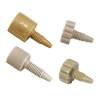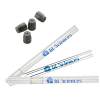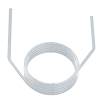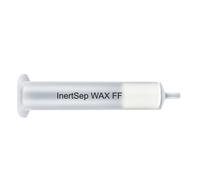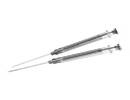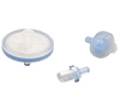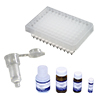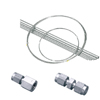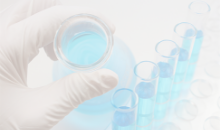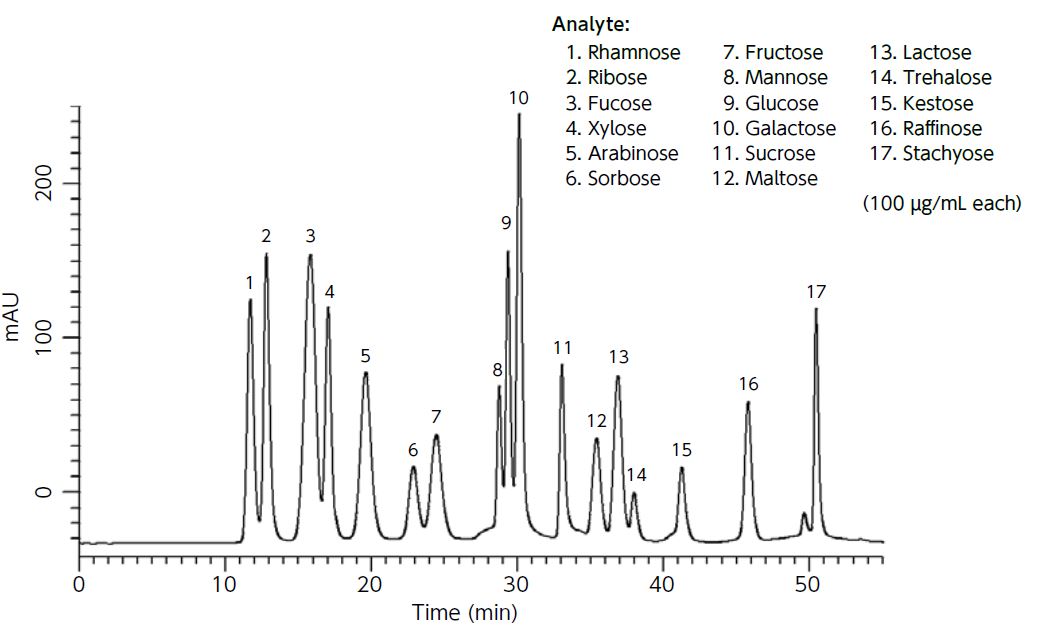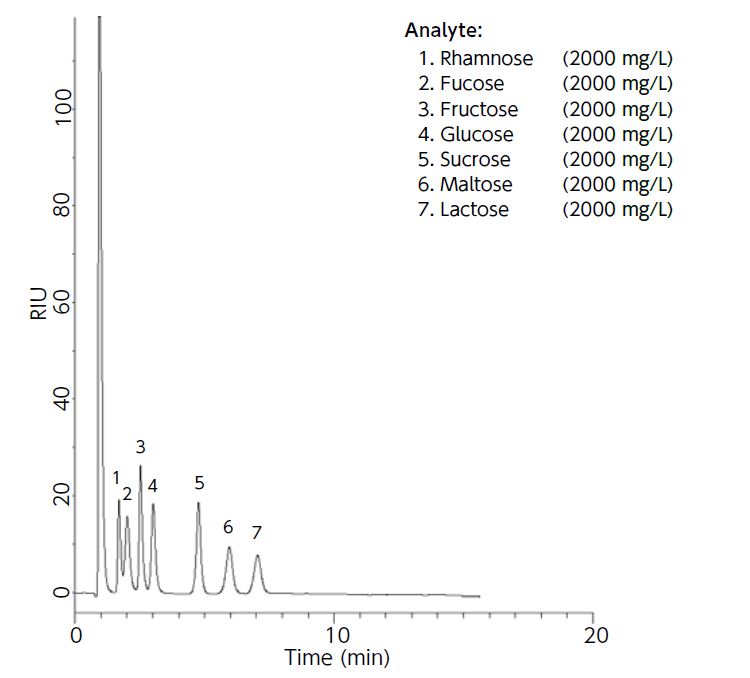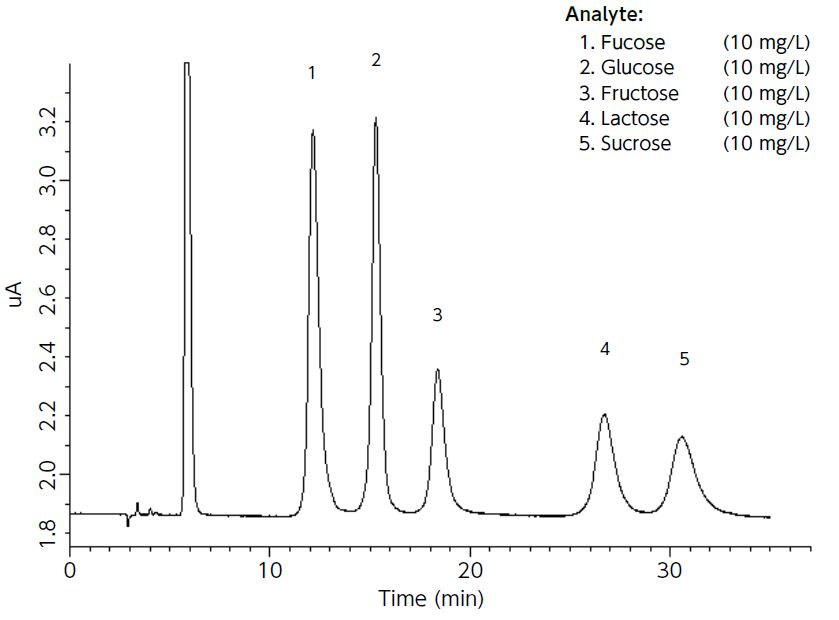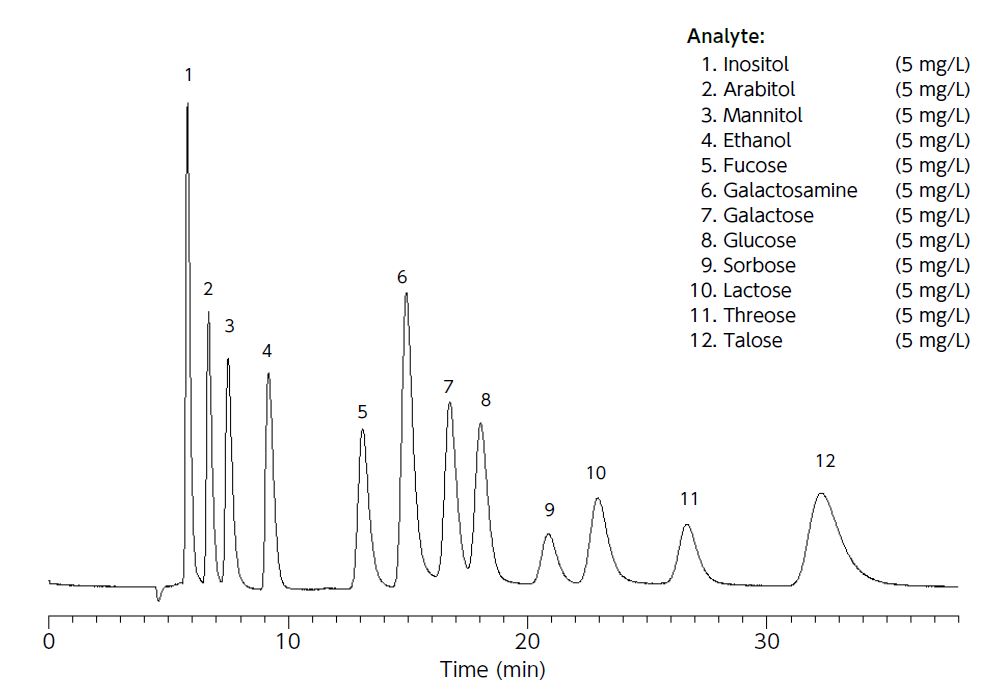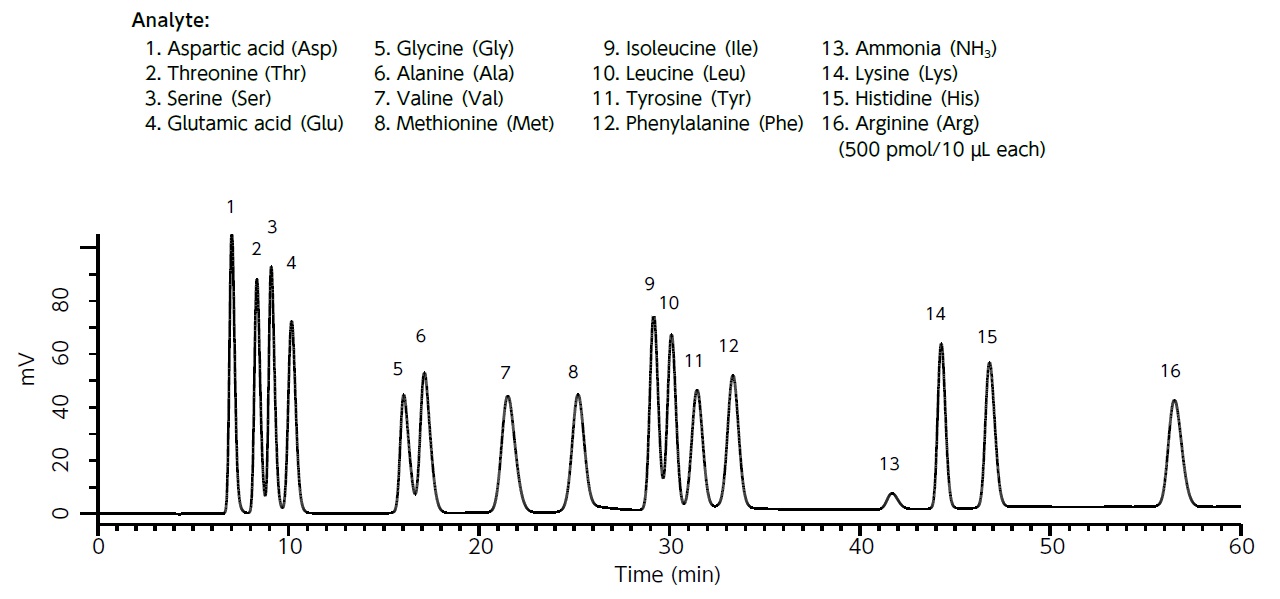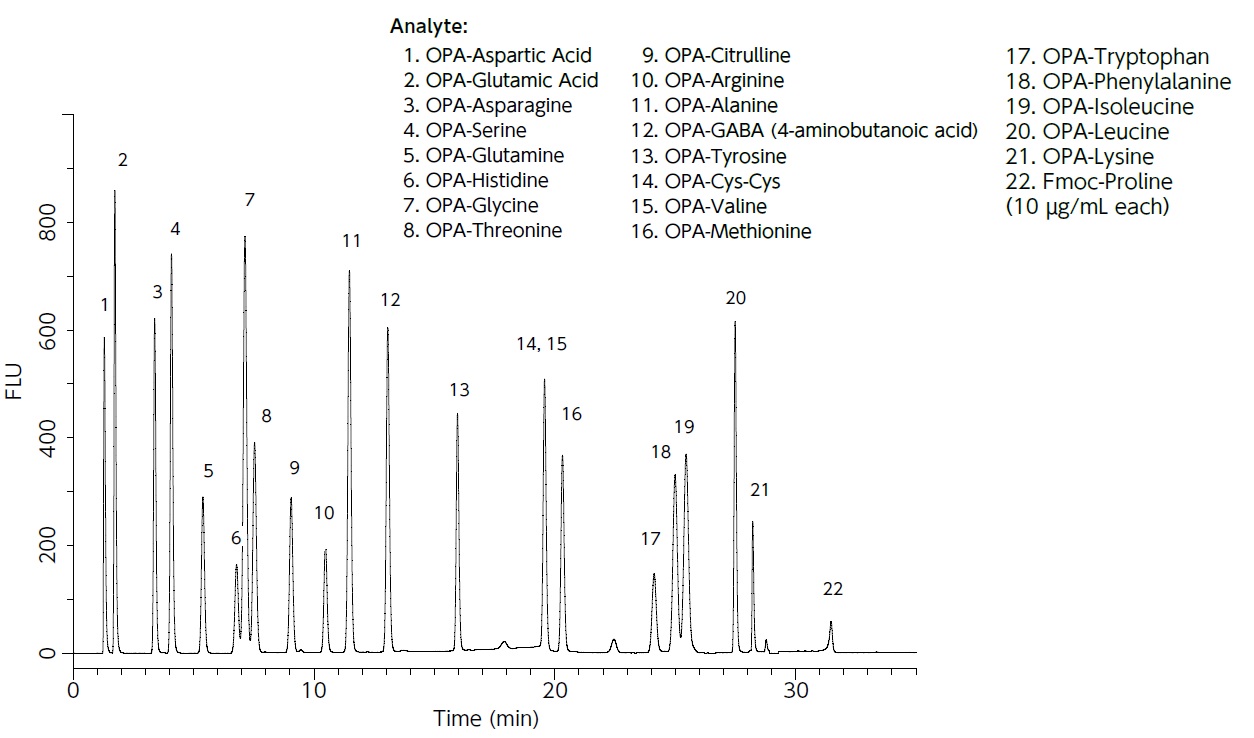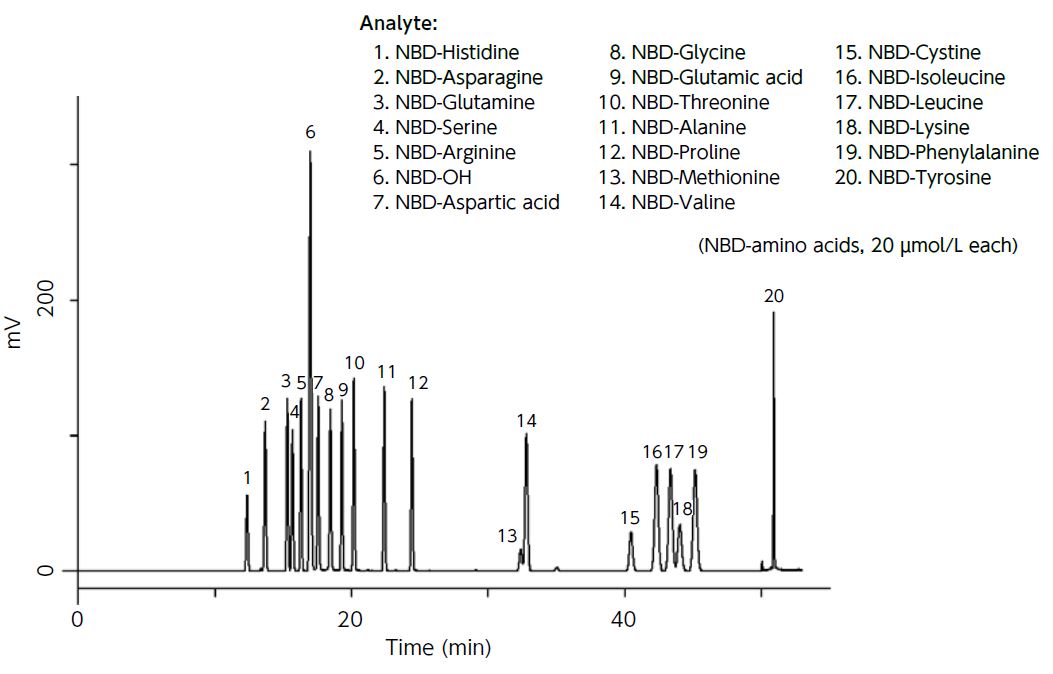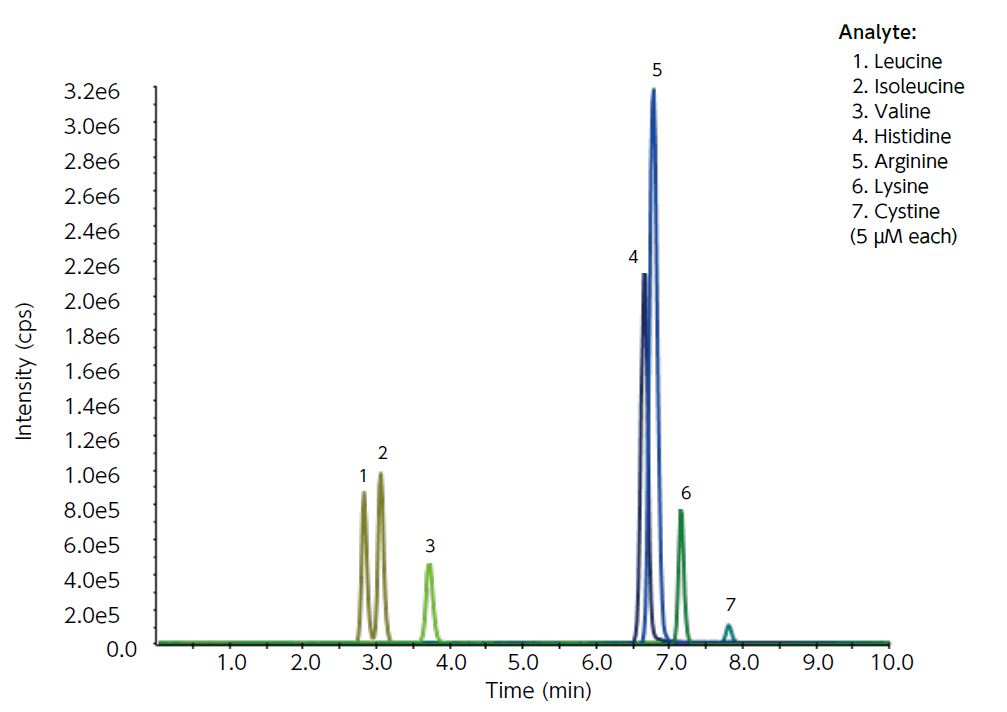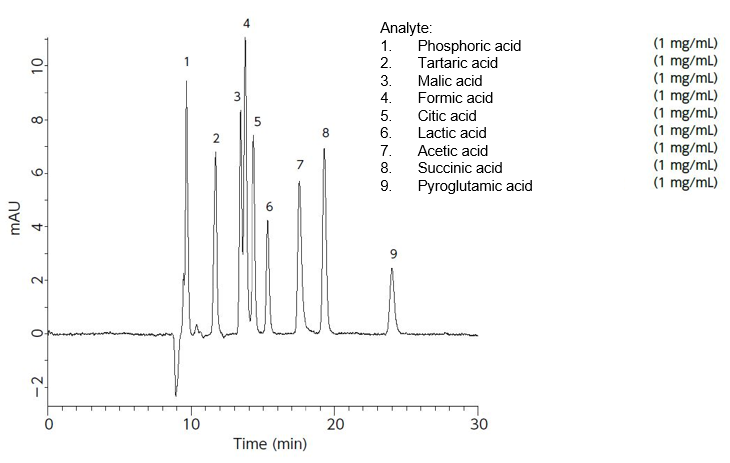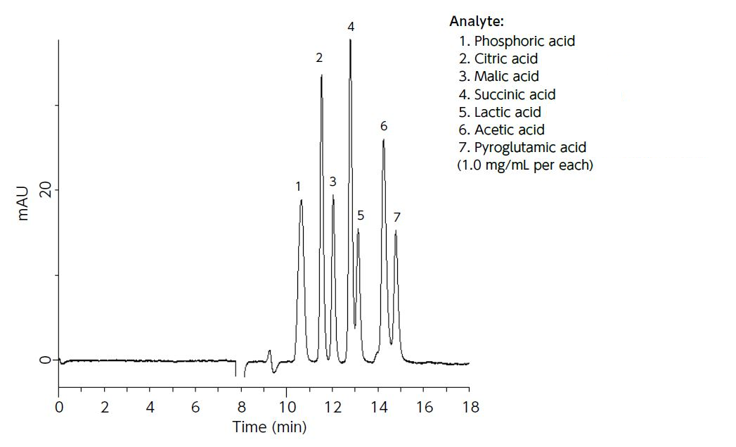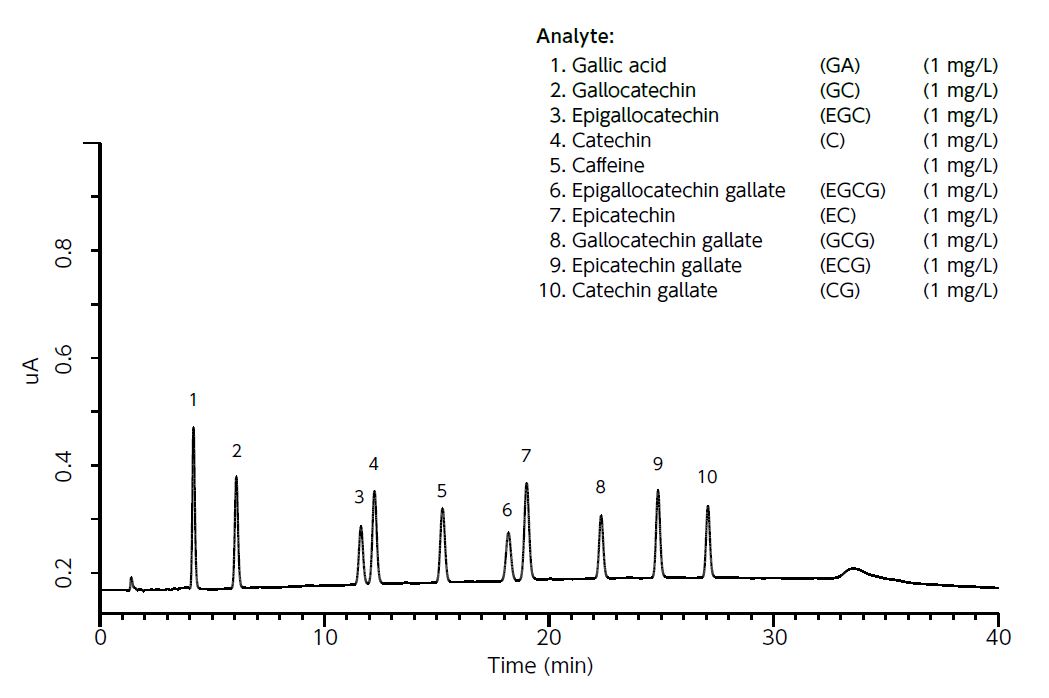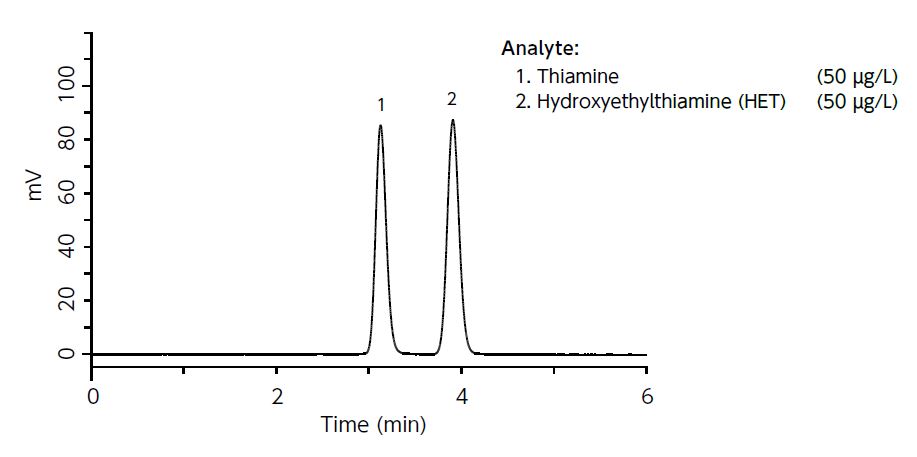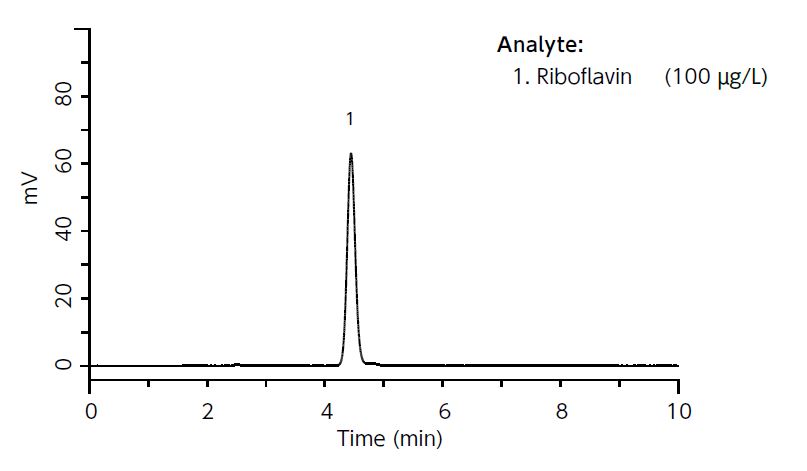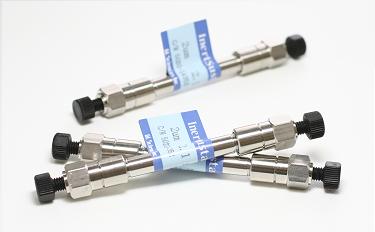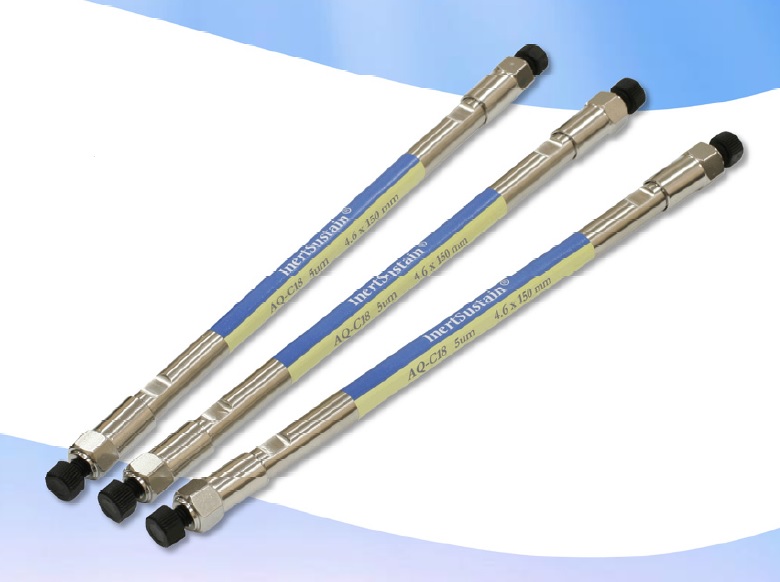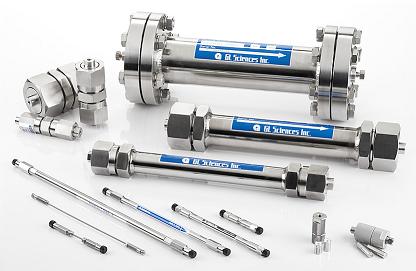The most commonly used type of sugar analysis is a post-column system that separates columns for subsequent fluorescence derivatization. It has the advantage that it is not only sensitive and analytical robustness, but also selectivity, and is less susceptible to contaminants.
The new food labeling system (Japan) came into effect on April 1, 2017, raising interest in the analysis of ingredients target to food labeling. We provide information on the analysis of nutrients and functional components centered on chromatography.
Simultaneous Analysis of 17 Sugar Components Using Post-Column Method
Sugar Analysis Combining RI Detector and NH2 Column
The combination of HPLC RI and NH2 columns, which are not sensitive but can be easily assayed for sugar, is low widely used. Normally, 4.6 mm internal diameter column is used, but changing to an internal diameter 3.0 mm column allows the mobile phase to be reduced by 60 % while maintaining separation patterns.
High-Sensitivity Glucose Analysis Using an Electrochemical Detector
Analysis of Sugars and Sugar Alcohols Using an Electrochemical Detector
Electrochemical detectors (ECDs) can also detect sugar alcohols that are difficult to measure with post-column derivatization methods.
Amino Acid Analysis by Post-Column Derivatization
The most common amino acid analysis system is a post-column fluorescence derivatization system. Superior sensitivity, selectivity, and method robustness.
Amino Acid Analysis by Pre-Column Derivatization Method (1)
Precolumn derivatization, which is derivatization prior to injection into the HPLC, can be assayed without the availability of pumps or reaction units to deliver derivatization reagents. This application is an example of measurements using two derivatization reagents, OPA and FMOC.
Amino Acid Analysis by Pre-Column Derivatization Method (2)
Amino Acid Analyses Using HILIC Modes
When analyzing highly polar amino acids without derivatization, HILIC modes should be used. Since metal coordination adsorption is sometimes observed, it is recommended to use a metal-free tank for high-sensitivity analysis.
Organic Acid Analysis by BTB Method (1)
In the analysis of organic acids, many post-column systems are used to increase the selectivity of detection by using the color change of BTB reagent only when the desired components are eluted from the column.
Organic Acid Analysis by BTB Method (2)
This application also uses BTB method, but the separation conditions are different from "1". This is used when the peak of the desired ingredient overlaps with contaminants under the conditions of "1".
Analysis of Nucleotides for Freshness Determination
This is an example of the measurement of components used for the calculation of the fish freshness determination constant (K-value)... InertSustain AQ C18 can be retained and separated without the use of ion-pairing reagents.
Analysis of Catechins Using Electrochemical Detectors
Although some catechins are not sensitive to UV detectors, electrochemical detectors (ECDs) can be used to detect and quantify 10 components with high sensitivity.
Analysis of Vitamins B1 and B2
Thiamin separated on ODS columns reacts with potassium ferricyanide under alkaline conditions to produce the fluorescent thiochrome, which can be selectively and sensitively detected using a fluorescence detector.
Because riboflavin is a naturally fluorescent substance, it can be selectively and sensitively detected using a fluorescence detector after separation on an ODS column.
Related Products
Related Applications
Index- GA191
Fatty acid methyl ester
Nutrient Composition - LA688
Analysis of Peptides and Proteins
Nutrient Composition - LA901
Analysis of linear fatty acids (InertSustain C18)
Nutrient Composition - LA907
Analysis of Water-soluble Vitamins (InertSustain C18)
Nutrient CompositionFunctional Food - GA101
Organic solvents
Nutrient Composition


